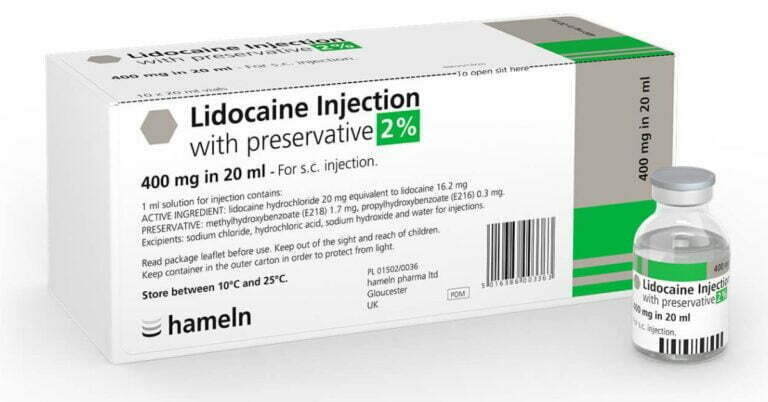Does Smoking Weed Cause Acne?
Introduction Acne is a common skin condition that affects millions of people worldwide. While there are many factors that can contribute to acne, some people…
Table of Contents
Introduction
Acne is a common skin condition that affects millions of people worldwide. While there are many factors that can contribute to acne, some people have suggested that smoking weed may be one of them. In this article, we’ll take a closer look at whether or not smoking weed can cause acne.
Understanding Acne
Before diving into (does smoking weed cause acne?) and the potential link between it, it’s essential to understand what acne is and how it develops. Acne is a skin condition when hair follicles become clogged with oil and dead skin cells. This can lead to the formation of pimples, blackheads, and whiteheads.
Acne can be caused by a variety of factors, including genetics, hormones, and lifestyle habits. Certain foods, such as those high in sugar or dairy, have also been linked to acne in some studies (1).
The Link Between Smoking Weed and Acne
There is some evidence to suggest that smoking weed may contribute to the development of acne. One study found that regular marijuana use was associated with an increased risk of acne in young adults (2). The researchers suggested that this may be due to the effect of THC, the psychoactive compound in marijuana, on the body’s endocannabinoid system. This system plays a role in regulating skin health, and disruptions to it may contribute to the development of acne.
Another study found that exposure to secondhand marijuana smoke can also lead to acne (3). This is because marijuana smoke contains many of the same chemicals as tobacco smoke, which can clog pores and contribute to the development of acne.
However, it’s worth noting that not all studies have found a link between smoking weed and acne. Some research has suggested that the association may be due to other factors, such as poor diet or lifestyle habits, rather than marijuana use itself (4).
The Effects of THC on the Skin
While the exact link between smoking weed and acne is not entirely clear, evidence suggests that THC, the psychoactive compound in marijuana, may impact skin health. For one, THC has been shown to have anti-inflammatory effects (5). While this may seem like a good thing for acne, as inflammation is a contributing factor to the condition, it’s possible that excessive use of THC could disrupt the body’s natural inflammatory response and make acne worse.
Additionally, THC may also have an impact on the body’s sebum production. Sebum is an oily substance produced by the skin that can contribute to the development of acne when overproduced. Some studies have suggested that THC may increase sebum production, although more research is needed in this area (6).
Other Factors That May Contribute to Acne
While smoking weed may be a contributing factor to the development of acne in some individuals, it’s important to remember that there are many other factors that can also play a role.
For example, diet can have a significant impact on skin health. Some studies have suggested that diets high in sugar, dairy, and processed foods may increase the risk of acne (7). On the other hand, diets rich in fruits, vegetables, and other nutrient-dense foods may help to prevent and treat acne.
Lifestyle habits, such as stress levels and skincare routines, can also contribute to acne. Stress has been linked to acne in some studies, as it can lead to the overproduction of sebum (8). Additionally, using harsh skincare products or not washing your face regularly can also contribute to the development of acne.
Related Article: Does weed kill brain cells?
Conclusion
While the evidence is not entirely clear, it’s possible that smoking weed may contribute to the development of acne in some individuals. However, it’s important to remember that there are many other factors that can also play a role in the development of acne. Therefore, if you’re struggling with acne, it’s important to take a comprehensive approach to your skincare routine and overall health.
This may include adopting a healthy diet rich in nutrient-dense foods, managing stress levels, and using gentle skincare products. If you smoke weed and are concerned about its potential impact on your skin, it may be worth considering reducing or eliminating your use to see if it makes a difference in your acne.
Additionally, if you’re struggling with acne, talking to a dermatologist is always a good idea. They can help you develop a personalized treatment plan based on your unique skin type and concerns.
Related Article: Does weed go bad?
References
- Kucharska A, Szmurło A, Sińska B. Significance of diet in treated and untreated acne vulgaris. Postepy Dermatol Alergol. 2016;33(2):81-86. doi:10.5114/pdia.2016.59146
- Liang Y, Zheng T, Zhuang H, et al. Marijuana and acne in young adults. J Eur Acad Dermatol Venereol. 2018;32(4):e138-e140. doi:10.1111/jdv.14793
- Patel V, Wong L, Robertson L, et al. Acne and atopy in adolescents exposed to secondhand smoke. Acta Derm Venereol. 2018;98(6):566-571. doi:10.2340/00015555-2903
- Barakat MT, Awadalla NG, Elfar NN, Aly DG. Acne vulgaris and lifestyle habits among university students in Sharjah, United Arab Emirates. J Int Med Res. 2016;44(1_suppl):36-41. doi:10.1177/0300060515599339
- Wang M, Wang Y, Avula B, Radwan MM, Wanas AS, van Antwerp J, Parcher JF, ElSohly MA, Khan IA. Decarboxylation study of acidic cannabinoids: a novel approach using ultra-high-performance supercritical fluid chromatography/photodiode array-mass spectrometry. Cannabis and Cannabinoid Research. 2016;1(1):262-271. doi:10.1089/can.2016.0020.
- Oláh A, Tóth BI, Borbíró I, et al. Cannabidiol exerts sebostatic and antiinflammatory effects on human sebocytes. J Clin Invest. 2014;124(9):3713-3724. doi:10.1172/JCI64628
- Bowe WP, Joshi SS, Shalita AR. Diet and acne. J Am Acad Dermatol. 2010;63(1):124-141. doi:10.1016/j.jaad.2009.07.043
- Kubota Y, Shirahige Y, Nakai K, et al. Psychological stress perturbs epidermal permeability barrier homeostasis: implications for the pathogenesis of stress-associated skin disorders. Arch Dermatol Res. 2012;304(9):683-687. doi:10.1007/s00403-012-1265-2






